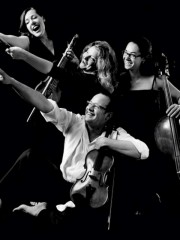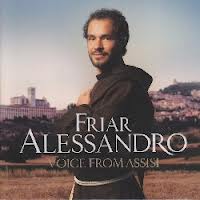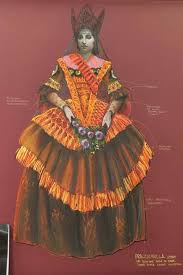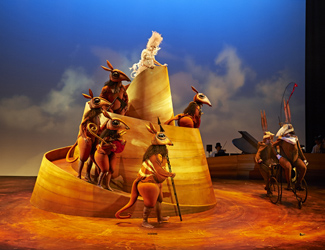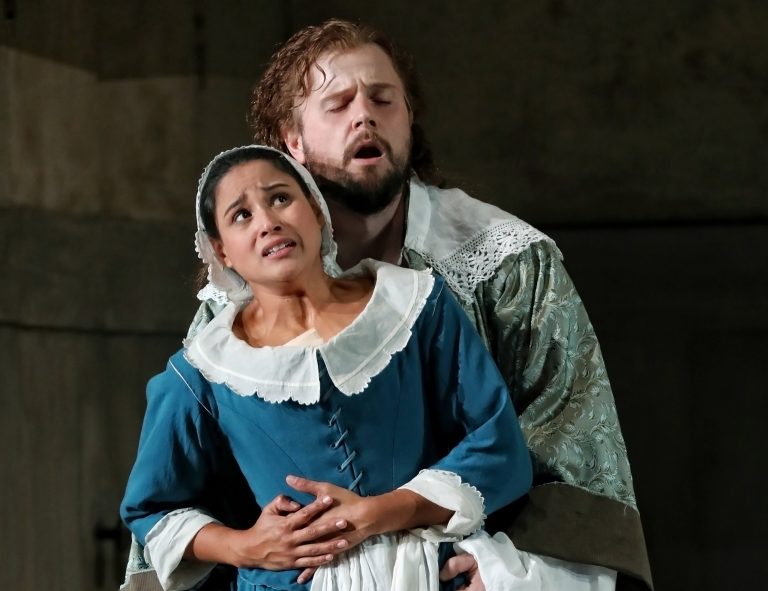Concert Review: Forbidden But Not Forgotten/ Acacia Quartet
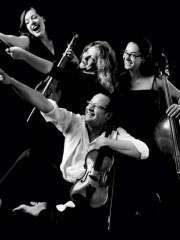
Forbidden but not Forgotten
Acacia Quartet
Utzon Room, Sydney Opera House
June 18, 2017
Fresh from a month-long sabbatical in Berlin, Acacia Quartet performed their latest concert programme bearing the tantalising title Forbidden but not Forgotten. A core part of their work in Berlin was to study, record and perform the string quartets of forbidden and then forgotten German- Jewish composer Günter Raphael (1903-1960).
Forgotten – but only until now. With their customary curiosity and vision, Acacia Quartet have prised open the pages of history and breathed fresh life into the music of Raphael. Of equal importance, the ensemble has the requisite individual and collective technical skills to play this music and Forbidden but not Forgotten represented a renaissance in the work of Günter Raphael as well as the Australian premiere of his music
Whilst the quartet has three of Raphael’s string quartets in its repertoire, at this afternoon soiree they performed the String Quartet No 6 in F major opus 54. Written after WWII during which time Raphael suffered (and survived) the horrors of Nazi persecution and life-threatening tuberculosis, the three-movement chamber piece reflects both heartache and hope. Anna Martin-Scrase makes the opening statements of the first movement on her cello over jarring discords from violinists Lisa Stewart and Myee Clohessy and a tense pizzicato from violist Stefan Duwe. The first violin then takes the lead and the others fall in describing more aptly the title of the first movement – Beschwingt (buoyant). First impressions count and on initial hearing, Raphael has an appealing style, understanding and exploiting the potential of each instrument. The second movement, Mit Andacht, sehr getragen (With devotion, very solemn) was a stately exposition of polyphony which the ensemble drew down to a whisper before the breaking into the third movement Unruhig bewegt (troubled, agitated) a jagged and uneasy expression of restlessness and searching.
Raphael proves his deep insights into the dynamics of the string ensemble and the personality of each individual instrument. The thematic material is shared and varied, offering each instrument the opportunity to emerge from the texture; his music is at times polyphonic, tonal and at others, atonal; the ensemble showcased his use of dynamics, range and string techniques which included pizzicato and martellato. The final movement left a lasting memory with an extended descending passage plumbing the depths of emotion, broken by a cry of despair from the first violin, but ultimately moving to an ending of resolution and harmony.
There must be a litany of reasons why a composer’s work lapses into obscurity. Personal issues like Raphael’s debilitating tuberculosis, political and philosophical factors of living in the wrong place at the wrong time all added up to Raphael being unable to revive after the war, the creative promise of the pre-war years. Acacia Quartet have taken Raphael’s music to heart, championing and bringing it to the attention of 21st century audiences. Now, the merit and longevity of Raphael’s music lies in the hands of those who hear it, those who programme and perform it and those who study and critique it. Perpetuating it in a recording, as Acacia Quartet is doing, will certainly enhance its profile.
Preceding Raphael’s string quartet, Acacia opened their concert with a luminous performance of Haydn’s String Quartet in G Major opus 77/1 ‘Lobkowitz’ with its unison passages creating a sunny clarity that showcased first violin Lisa Stewart’s virtuosity with Anna Martin-Scrase effectively playing second fiddle with the thematic moments allocated to the cello. The second half of the programme was taken with an elegant rendition of Schubert’s String Quartet in A minor D 804, opus 9, ‘Rosamunde.’
The ensemble returned for an encore, reprising a favourite, Elena Kats- Chernin’s take on the Menuet from JS Bach’s Notebook for Anna Magdalena.
Perhaps the most charming, non-musical moment of the afternoon was during the interval, when a young girl of about 7, with a halo of golden curls, skipped into Anna Martin-Scrase’s chair, closed her eyes, and for one brief moment, in a world of her own, drew the imaginary bow in her right hand across the strings of a cello that only she could see. Inspirational.
Shamistha de Soysa for SoundsLikeSydney©

